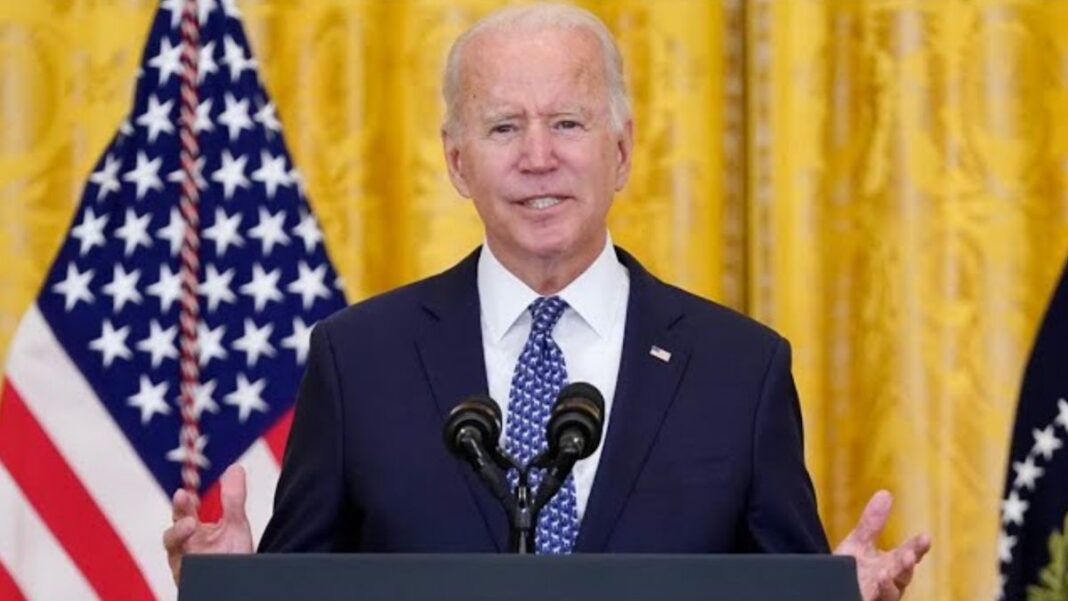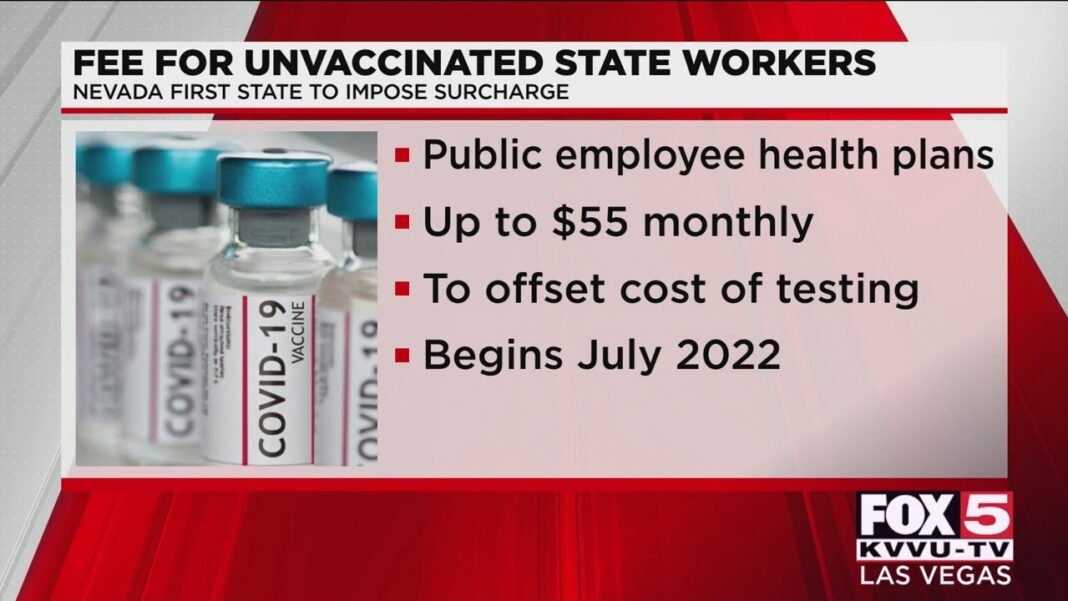
U.S. employers added a paltry 210,000 jobs in November, sharply below consensus forecasts of 550,000 and more than half as many as in October, though the underwhelming job creation numbers triggered Wall Street stock futures to shoot up, as investors bet it would ease pressure on the Fed to accelerate its timetable for scaling back stimulus.
The Labor Department’s jobs report, released Dec. 3, shows that non-farm payroll employment rose by 210,000 in November after rising by a revised 546,000 in October.
The unemployment rate fell 0.4 percentage points to 4.2 percent, a 21-month low, while the total number of unemployed persons fell by 542,000 to 6.9 million.
The labor force participation rate, a measure of people working or actively looking for work, edged up 0.2 percentage points to 61.8 percent, the report also showed. While that’s an improvement over October’s rate, it remains a historically depressed level. In February 2020, the labor force participation rate stood at 63.6 percent, with a historical peak of 67.3 percent in April 2000.
“Labor force participation rose, a welcome sign,” Bankrate Senior Economic Analyst Mark Hamrick told The Epoch Times in an emailed statement. “Wage growth remains solid with a year-over-year gain of 4.8 percent, while mindful that inflation has been running hot.”
Surging inflation and signs of continued labor market recovery have put pressure on Fed policymakers to accelerate their schedule for scaling back, or tapering, the central bank’s $120 billion in monthly purchases of U.S. Treasury and mortgage-backed securities.
Federal Reserve Chair Jerome Powell in recent testimony suggested a faster taper than the $15 billion per month reduction that’s currently in place, while acknowledging that it’s time to “retire” the term “transitory” as a description of the current bout of inflation, which hit a 31-year high in the 12 months through October and rose at a faster pace than in September.
Goldman Sachs recently predicted that the persistence of inflationary pressures will force the Fed to double the pace of the taper to $30 billion per month starting in January, which would bring the timeline forward to mid-March.
By Tom Ozimek






